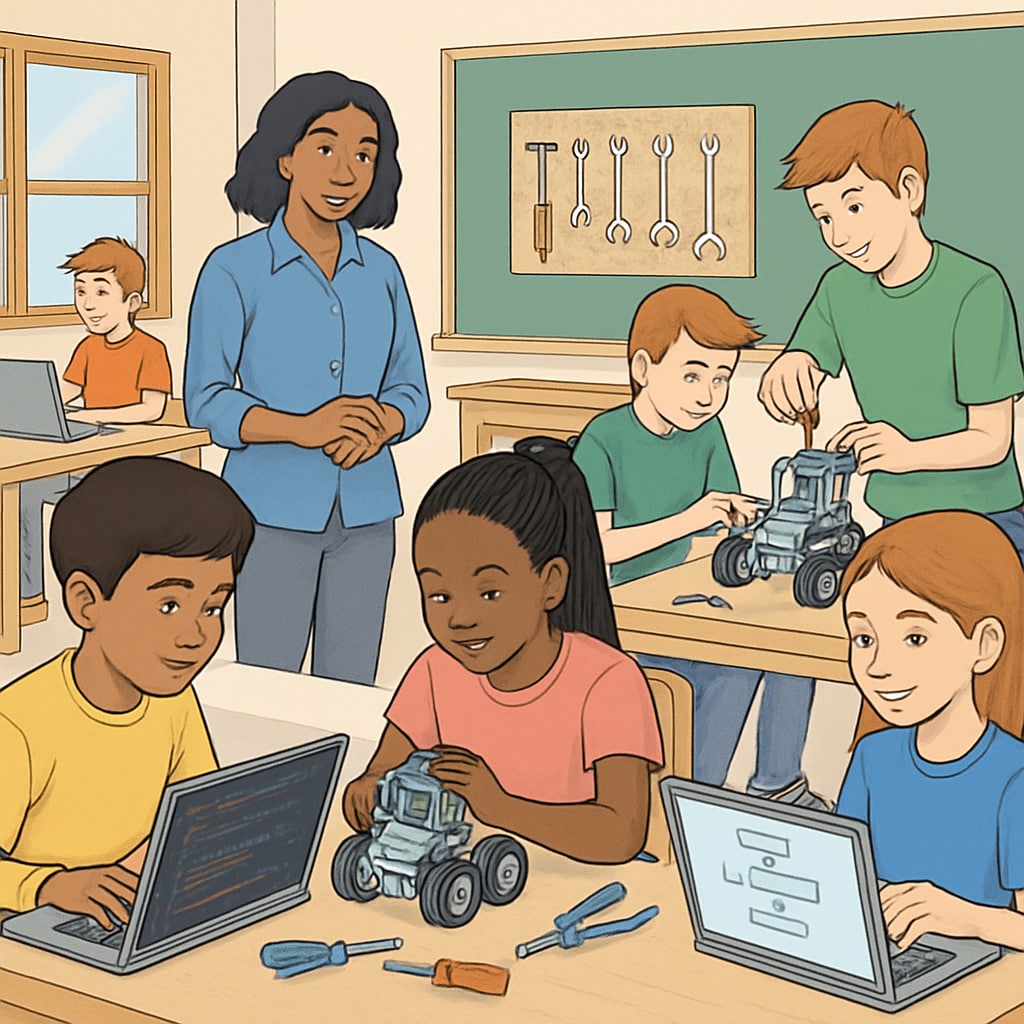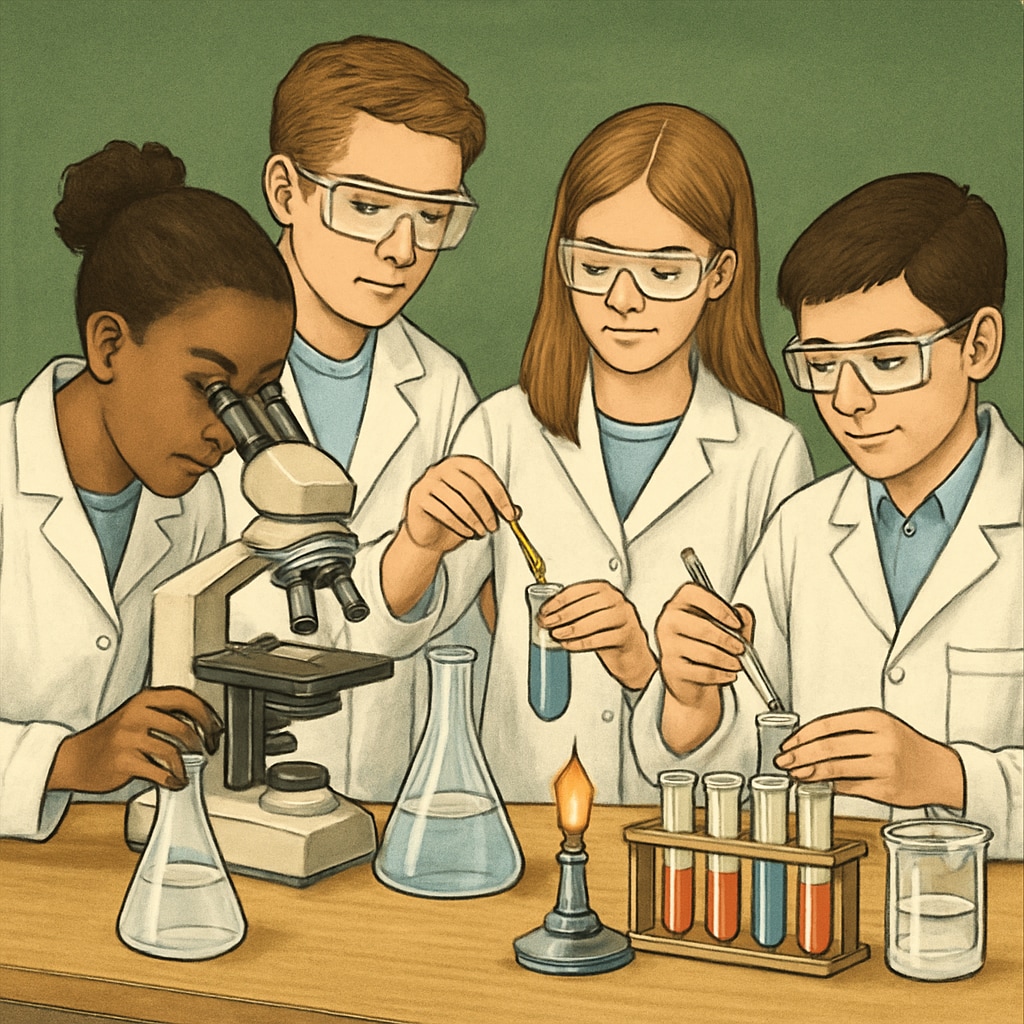In today’s rapidly evolving educational landscape, the integration of Career and Technical Education (CTE), district structures, and traditional academic disciplines has become a pivotal concern for K-12 schools. Striking the right balance between these elements is essential for preparing students to meet the demands of the modern workforce while fostering intellectual growth through core academic subjects. This article investigates how different district structures organize CTE programs and their impact on student development, suggesting pathways for a harmonious and future-ready educational model.
The Growing Importance of Career and Technical Education
As economies worldwide shift toward specialized industries, the demand for skills-based learning through Career and Technical Education programs has surged. CTE equips students with practical expertise in fields like healthcare, information technology, and manufacturing, providing a direct pathway to employability. However, integrating these career-focused programs into K-12 education without overshadowing traditional subjects such as mathematics, science, and literature presents a unique challenge.
For example, CTE programs are often structured to complement academics, enabling students to apply theoretical knowledge in practical settings. This approach not only enhances engagement but also demonstrates the real-world value of academic concepts. In addition, districts that offer robust CTE opportunities often see higher graduation rates and improved college readiness. According to Britannica, such programs align education with market demands, a critical consideration for future success.

Challenges in Balancing Academic and Technical Education
The integration of CTE into traditional academic curricula is not without obstacles. District structures play a significant role in determining how these programs are implemented. For instance, some districts prioritize CTE by creating specialized academies or magnet schools, while others incorporate technical education into general school programs. These varying approaches can lead to disparities in access and quality.
Moreover, educators often face difficulties in ensuring that CTE does not dilute academic rigor. Balancing time between career-oriented modules and core subjects requires careful planning and resource allocation. As a result, schools must invest in professional development for teachers and adequate funding to ensure both streams receive equal attention. For further insights, the Wikipedia entry on Career and Technical Education provides a comprehensive overview of program structures and challenges.

Strategies for Achieving a Balanced Educational Model
To address the challenges of integrating CTE with traditional academics, districts should consider the following strategies:
- Create Hybrid Curricula: Develop programs that weave academic subjects into technical education, such as teaching physics principles through engineering projects.
- Offer Dual Credit Programs: Enable students to earn college credits for both academic and technical courses, enhancing their post-secondary opportunities.
- Invest in Technology: Equip schools with modern tools and facilities to support hands-on learning without compromising classroom instruction.
These strategies not only foster comprehensive learning but also prepare students for a competitive future, blending theoretical knowledge with practical skills.
Conclusion: Redefining Success in Education
A balanced approach to Career and Technical Education and traditional academics is crucial for redefining success in K-12 education. By aligning district structures to support both streams equally, schools can nurture well-rounded students equipped with critical thinking skills and technical expertise. As educators and policymakers continue to innovate, the integration of CTE and academics will remain central to creating future-ready graduates.
Ultimately, achieving this balance requires collaboration among educators, district leaders, and industry experts. By adopting thoughtful strategies and leveraging available resources, K-12 schools can ensure that every student has access to a holistic education that meets both academic and career goals.
Readability guidance: Use concise paragraphs, integrate lists to summarize key points, and ensure transitions between sections for smooth reading. Maintain a focus on practical solutions and avoid excessive jargon.


